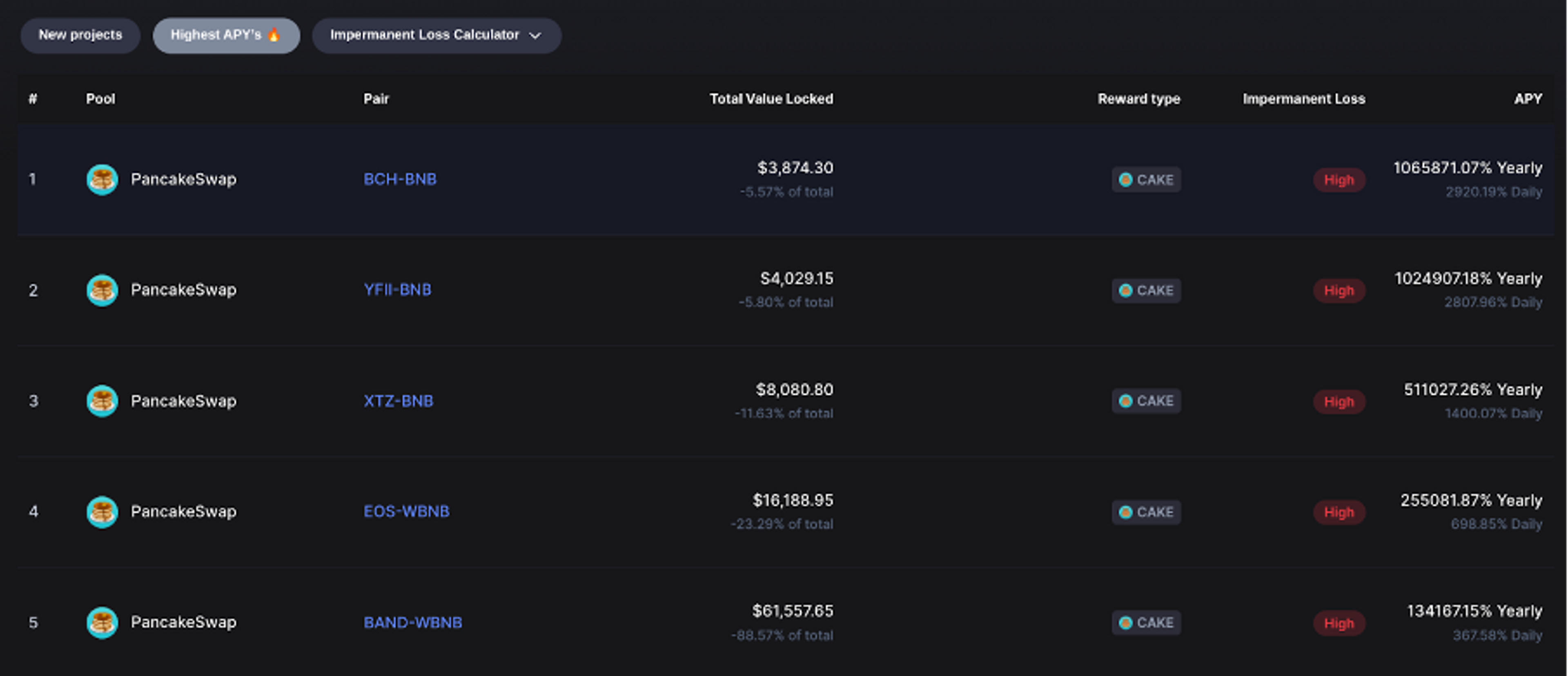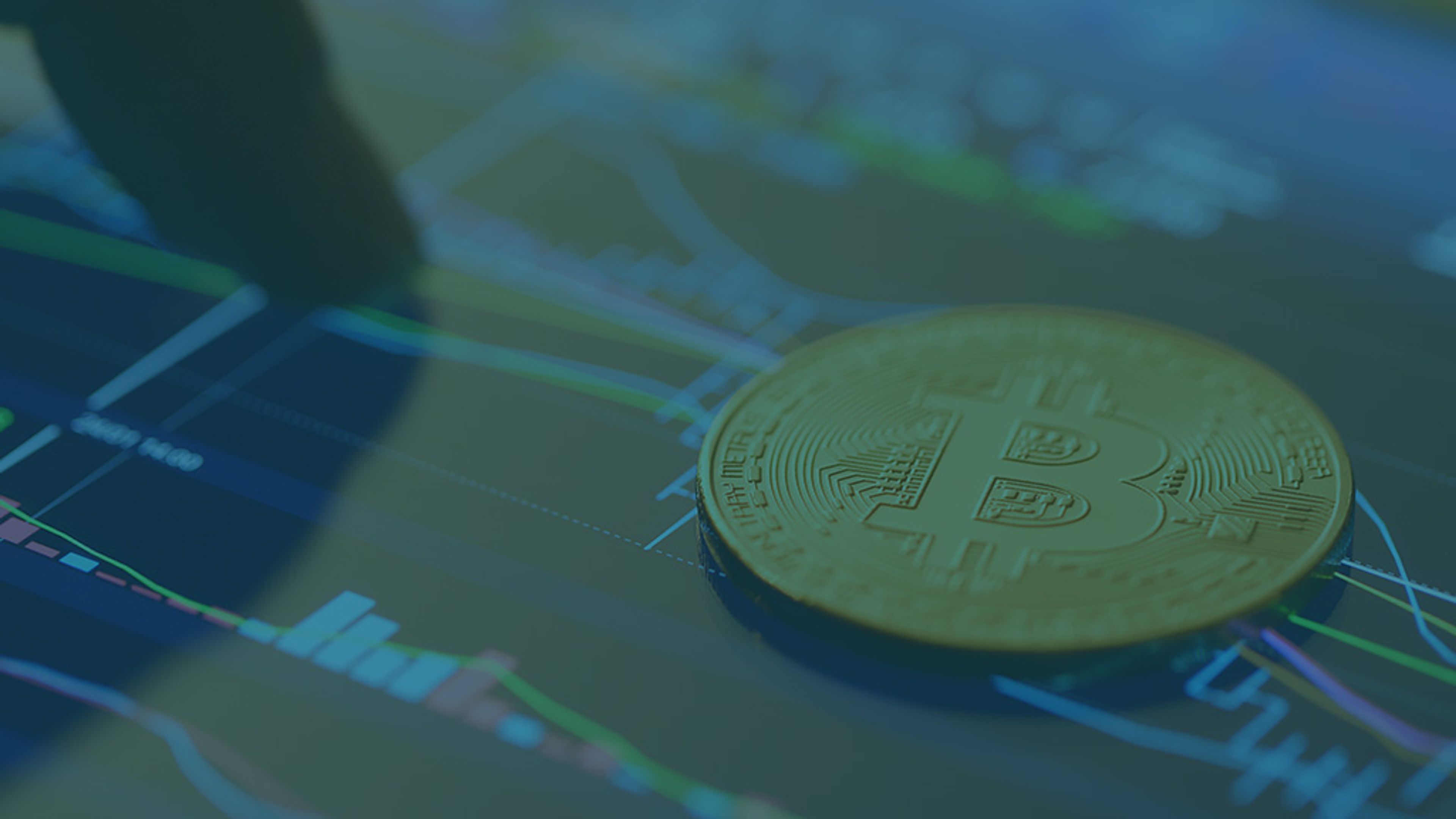
A Quick Guide to Yield Farming in Decentralized Finance


You might be wondering what all the hype surrounding yield farming is about and, most importantly, if it’s worth it. It all started one bright DeFi summer day in 2020. Ethereum-based protocol, Compound Finance, started distributing its native token, COMP, to borrowers and lenders trading on the platform to elevate community participation and secure liquidity.Compound’s initiative caused a sudden surge of interest in liquidity mining, also known as yield farming. In time, this type of passive income opportunity started to appear all over the DeFi landscape, attracting new projects that wanted to bootstrap their operations with liquidity.In this article, we’ll cover what yield farming is, how it works, and the rewards and risks of using yield farming to maximize your cryptocurrency returns. Make sure to read through the end to find out how Kairon Labs can help you protect your initial investment.
What is yield farming?
Yield farming is a way to earn rewards in the form of annual interest, governance tokens, and a percentage of trading fees by allowing your digital assets to be used to facilitate crypto transactions on a decentralized exchange (DEX). In other words, you’re providing liquidity to a liquidity pool that enables users to quickly borrow, lend or exchange tokens belonging to a certain trading pair. This automatically makes you a liquidity provider (LP), meaning that you’re entitled to receive an annual percentage yield (APY)for your deposited crypto.
How does yield farming work?
Yield farming depends on the functionality of automated market makers (AMMs). These trustless and permissionless protocols power decentralized exchanges, granting each user the right to make transactions without an intermediary. Most DEXs are AMM-based, including Uniswap, Curve, Balancer, TerraSwap, and Raydium.This type of protocol is based on smart contracts, a self-executing computer code running on a blockchain like Ethereum that ensures secure, seamless peer-to-contract (P2C) trading. Moreover, unlike the order books you can see on traditional exchanges, a smart contract algorithmically dictates the price of assets deposited into a liquidity pool. For instance, the formula Uniswap uses to determine liquidity is X* Y = K, where X and Y represent the amount of each token locked up in a pool and K is the pool’s total liquidity, which always remains constant even if the ratio of the assets changes after a transaction. Let’s take a simple case scenario.

Source: UniswapYou choose to deposit your coins in a DAI/ETH pool on Uniswap. That means that you’re lending an equivalent value of the two tokens and earning annual interest by providing liquidity for the DAI/ETH trading market on the protocol. Based on the amount ofliquidity you provide, you’re going to receive a percentage of the transaction fees that the platform incurs when users trade against this pool. Let’s say you’ve deposited 1 ETH and the equivalent amount of 1 ETH in DAI, which is 100 DAI, in the DAI/ETH pool. If there are 10 ETH and 1000 DAI in total there, you’ll have a 10% share of that pool. Plus, because you’re helping supply liquidity to markets on Uniswap, you’re also going to be rewarded with Uniswap’s governance tokens, UNI.
Yield farming vs. staking: are they the same thing?
Although the two terms are often used interchangeably, there are some notable differences you should know about.First of all, while both are DeFi investment strategies that allow you to generate interest for your crypto holdings, the way they do so differs. While, in the case of yield farming, your cryptocurrency is deposited in a liquidity pool via a smart contract, staking involves locking up funds directly on that blockchain network.At the same time, staking and yield farming have different goals and purposes. On the one hand, yield farming provides liquidity on a DEX and encourages liquidity providers to seek high yield rates.On the other hand, staking enables blockchain networks with a proof-of-stake (PoS) consensus algorithm to validate transactions and stay secure while unlocking rewards for investors. The more stakes there are on a blockchain network, the more decentralized and secure that network is.Yield farming is more complex than staking, requiring investors not only to carefully choose what token they want to lend on which protocol but also to continuously optimize their strategy by switching between platforms and tokens. That’s why yield farming produces higher rewards than staking, which hovers somewhere around 5%-14% APY.Nevertheless, both yield farming and staking are subject to volatility risk. LPs, as well as validators, can lose money if their deposited tokens drop in value.
Is yield farming profitable?
Yes, as long as you know and understand the risks. There are crypto yield farming pools out there that promise up to triple-digit (or more) annual percentage yield, yet those are on the higher risk spectrum and require careful consideration before depositing your assets. More often than not, these highly attractive APYs are offered for trading pairs containing a newly launched, highly volatile token.

Source: CoinMarketCapCompared to large-cap cryptos where the APY is lower, pools with very high yield could incur steep losses due to extreme price fluctuations, impermanent loss and, in the worst-case scenario, rug pulls. You can read more on these risks in the next section. So to share our thoughts on the topic of astronomic yields: if it sounds too good to be true, it most probably is.
What are the risks you should consider before becoming a yield farmer?
Despite its potential for high rewards, yield farming comes with several risks you should take into account before lending your cryptocurrency to a DeFi protocol, including:
- Smart contract exploits
With yield farming, your digital assets are deposited into a smart contract that distributes your cryptocurrency into a liquidity pool. Unfortunately, smart contracts are vulnerable to cyber attacks like any other software code. Not to mention, the hackers’ motivation to find exploits is higher than ever as the total value of crypto assets locked across DeFi protocols reached more than $70 billion.
- Liquidation
Liquidation occurs when the price of the collateral falls lower than your loans’ value, meaning that your collateral doesn’t cover your investment anymore. If this happens, the exchange will automatically close your position and, depending on how much the price drops, you might lose a great chunk of your investment. Newer altcoins are more volatile in the short term than large-cap ones, thus more prone to liquidation if there’s a sudden price change. Farming with stablecoins, which set their market value based on a fiat currency like the U.S. dollar or a commodity’s price like gold, are not exposed to this risk.
- Impermanent loss
Impermanent loss happens when your deposited digital assets spike or drop in value compared to when you initially deposited them in the liquidity pool. As we’ve mentioned earlier, popular AMMs like Uniswap and PancakeSwap determine asset prices based on the ratio between them in a liquidity pool. When the price of one asset changes, the ratio of the assets in it changes as well, exposing you to impermanent loss in terms of the pool share value you’re entitled to. The loss becomes permanent once you withdraw your crypto funds from the pool.
- Rug pulls
A rug pull refers to an exit scam where shady developers spend time hyping liquidity providers and raising the price of their token, only to abandon the project and pull out all the assets from the liquidity pool when no one expects it. Having malicious scammers vanish off the face of the DEX protocol with the investor funds is one of the reasons why you’ll hear cryptocurrency space being compared to the Wild West.
- Gas fee spikes
As yield farming becomes more popular among crypto investors, ‘gas’ fees (or transaction fees) can increase up to 100 times as a result of the high amount of transactions executed on the Ethereum blockchain.This price spike represents an obstacle to the wide adoption of DeFi services. Luckily, the recently launched Ethereum 2.0 is expected to address this issue by expanding its current capacity to thousands of transactions per second while maintaining its decentralized, secure nature.
- Regulatory incertitude
At the present moment, there’s no clear regulatory guidance when it comes to the crypto finance world. The U.S. Securities and Exchange Commission (SEC) is one of the first few regulators that have begun policing crypto platforms in an effort to mitigate financial crime risks. SEC has also claimed that some assets fall into the securities category and are therefore under their jurisdiction. If the agency decides DeFi lending and borrowing protocols are securities, launching new products might become a regulatory minefield.
How can Kairon Labs help you protect your investment?
At the end of the day, yield farming remains a lucrative investment strategy in decentralized finance, allowing crypto companies to achieve a significant treasury increase by locking up idle digital assets into liquidity pools and earning interest. Yet there’s no reward without risk. The good news is that you can leverage the expertise and deep understanding of DeFi protocols of industry-leading teams like the one at Kairon Labs to streamline the process.
- How do we do that?
After establishing your risk profile, we create a delta neutral yield farming strategy that’s going to provide you with exposure to both blue-chip cryptos (BTC, ETH, or other altcoins) and stablecoins (USDT, USDC, DAI, etc.).Most of our clients ask us to farm with their stablecoins. However, if you want to get a yield on your altcoins too, we’ll use a part of the proceeds to take out a short position and shield your investment against price fluctuations in a more bearish market.
- What are the numbers?
Our forecasted annual percentage yields for 2022 are between 15% and 25% for stablecoins and 40% to 50% for blue-chip coins. Please keep in mind that returns vary depending on the supplied collateral.Ready to start generating passive income with your crypto holdings? Book a call with one of our experts on Telegram to learn more about our yield farming services and how we can help you increase revenues.*please note that our DeFi Yield services are being executed as consultancy/advisory services.
Kairon Labs provides upscale market-making services for digital asset issuers and token projects, leveraging cutting-edge algorithmic trading software that is integrated into over 100+ exchanges with 24/7 global market coverage. Get a free first consult with us now at kaironlabs.com/contact
Featured Articles


What Is Bitcoin Halving and How to Prepare For It

Bitcoin Halving Aftermath: Post-Halving Trends to Expect

Most Anticipated Retrodrops and Airdrops in 2024

Crypto Bull Run Hottest Altcoins: Meme Coins, GameFi, AI

Launching a Token 101: Why is Liquidity Important?
